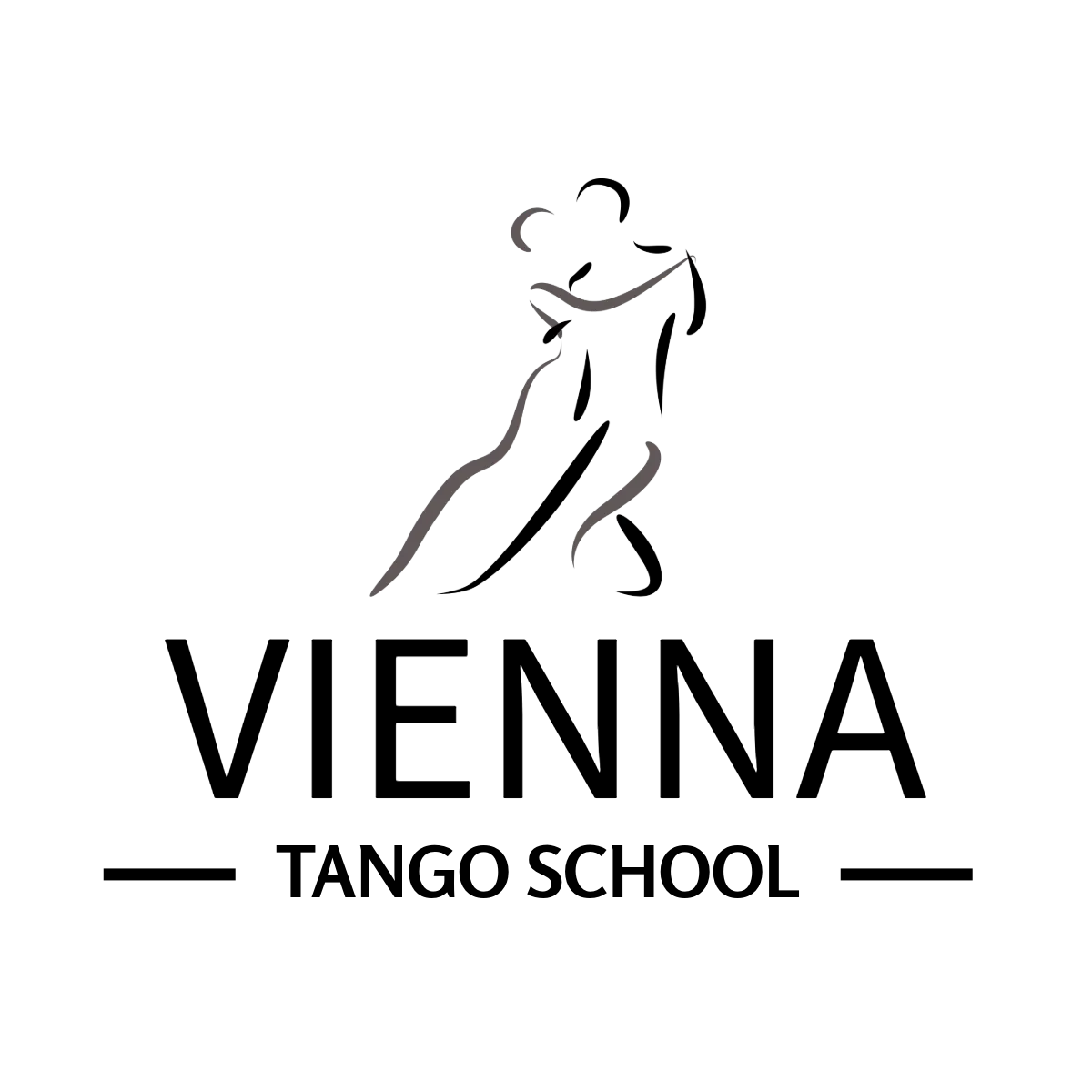
Francisco Canaro: From Oil Can Violin to Tango Empire
Early Life and Rise to Fame
Francisco Canaro, affectionately known as "Pirincho," was born on November 26, 1888, in San José de Mayo, Uruguay, to Italian immigrant parents. His family relocated to Buenos Aires when he was a child, where poverty shaped his early years. Despite these humble beginnings, Canaro’s ingenuity surfaced early—he crafted his first violin from an oil can and wood scraps, teaching himself to play and immersing himself in the vibrant, gritty world of Buenos Aires tango bars [1,2,3].
By his mid-twenties, Canaro’s talent and relentless drive propelled him to the forefront of the tango scene. He led orchestras at major events and was a pioneer in transforming tango from a music of the underclass to a celebrated art form embraced by high society [2,3].
Musical Innovations and Legacy
Canaro’s influence on tango is profound and enduring:
Orchestral Expansion: He was the first to incorporate a singer into the tango orchestra, initially only for the main refrain (the "estribillo"), which launched the era of the "estribillistas" from the mid-1920s to late 1930s [2,4].
International Success: In 1925, Canaro’s orchestra toured Europe, especially Paris, where tango was in vogue. He remained in Europe for nearly a decade, spreading the music globally [1,2].
Recording Pioneer: Canaro’s orchestra was one of the most recorded in tango history, leaving behind thousands of tracks that remain staples at milongas (tango dance events) worldwide [3].
Composer and Producer: He composed for film, notably the 1915 Argentine classic "Nobleza gaucha," and later ventured into musical theater and film production [1,2,5]
Advocate for Artists: Canaro was instrumental in founding the Argentine Society of Composers and Songwriters (SADAIC), fighting for intellectual property rights and fair compensation for musicians [1,6]
Controversies and Criticisms
Despite his success, Canaro’s career was not without controversy:
Artistic Critique: Some tango purists and critics accused Canaro of lacking artistic depth, claiming his music was more commercial than innovative. They argued his arrangements favored mass appeal over creative brilliance, and that he sometimes published works under his own name that were actually composed by others [7,8,9]
Business Practices: Canaro’s shrewd business acumen, while securing his fortune and influence, also led to accusations of prioritizing profit over artistry. His dominance in the tango industry sometimes bred envy and resentment among peers [7,9]
Ghostwriting Allegations: There are persistent rumors that some of Canaro’s most beautiful compositions were ghostwritten, and that he took credit for music penned by less famous collaborators [8,9]
Romantic History: The Legend of Ada Falcón
Perhaps the most famous and tragic romance in tango history is that of Francisco Canaro and Ada Falcón, the celebrated tango singer and actress. Their relationship began in the late 1920s and lasted nearly a decade, marked by passion, secrecy, and heartbreak [1,4,5,10].
Forbidden Love: Canaro was married, and his affair with Falcón was conducted in the shadows. Falcón was deeply in love and hoped for marriage, but Canaro, fearing financial loss from divorce and societal scandal, ultimately refused to leave his wife [4].
Dramatic End: The relationship ended abruptly in 1938 after a final recording session. Legend has it that Canaro’s wife confronted Falcón with a gun, and the heartbreak led Falcón to retire from show business and enter a convent, where she lived in seclusion for the rest of her life [4,10].
Other Romances: Canaro’s memoirs and anecdotes suggest he was no stranger to romantic entanglements, sometimes courting multiple women simultaneously during his early career [11].
Final Years and Enduring Influence
Canaro published his memoirs, "Mis 50 años con el tango" ("My Fifty Years with Tango"), in 1956. He was forced into retirement after being diagnosed with Paget’s disease and died in Buenos Aires in 1964 at the age of 76 [1,2].
His music, from the crisp rhythms of his early tangos to the lush orchestrations of his later years, continues to fill dance halls and inspire musicians and dancers alike. Despite the controversies and personal dramas, Francisco Canaro remains a towering figure in the history of tango, a testament to both the brilliance and complexity of Argentina’s most famous music [1,2,3]
Sources:
https://brisbanehouseoftango.com.au/francisco-canaro-a-true-star-of-tango/
https://sites.google.com/site/argentinetangoinfairbanks/the-music/francisco-canaro
https://www.ultimatetango.com/blog/why-is-poema-considered-a-tricky-song
https://elfirulete.wordpress.com/2009/01/14/captain-of-the-tango-industry/
https://todayintango.wordpress.com/2010/11/26/1888-november-26-birth-of-francisco-canaro/
https://elespejero.wordpress.com/2015/06/05/tango-stories-nada-mas/
https://escuelatangoba.com/marcelosolis/history-of-tango-part-7/
Written by Vienna Tango School with research and drafting support from Perplexity AI.


